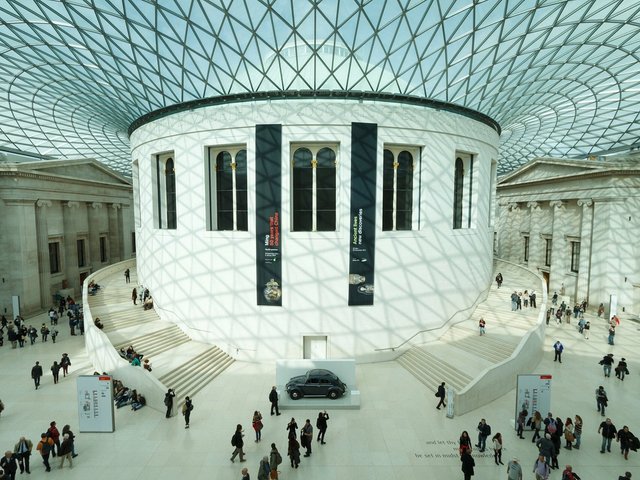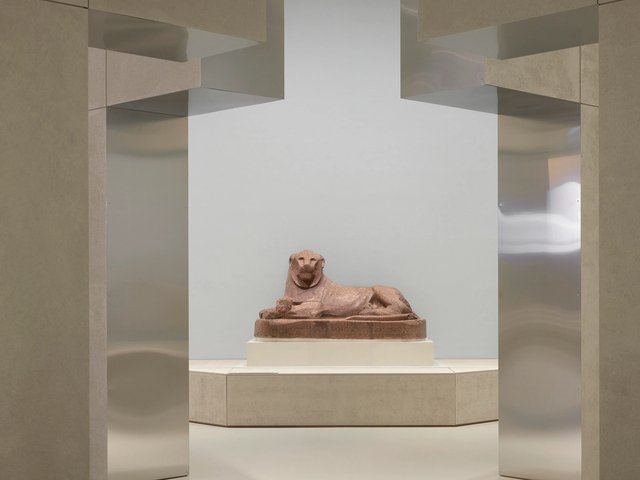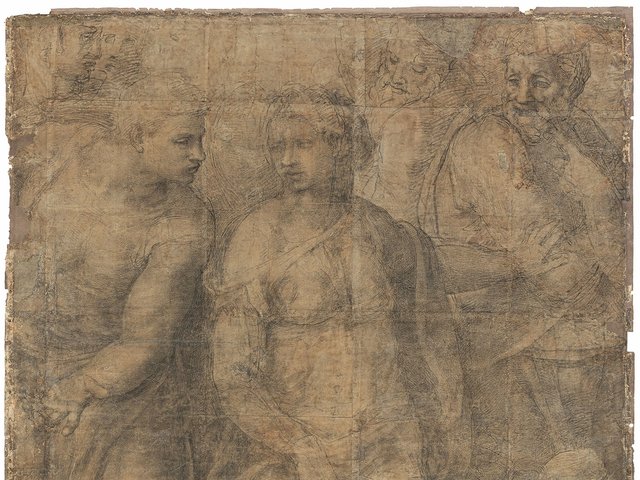More than 70 objects from the British Museum will go on show in an Ice Age exhibition due to launch later this year in Bradford as part of the 2025 UK City of Culture celebrations. The exhibition, entitled Ice Age Art Now, is due to open at Cliffe Castle Museum in Keighley, West Yorkshire on 21 June.
The exhibition, a British Museum partnership with Bradford District Museums & Galleries, will present works created in Europe at the end of the last Ice Age between 24,000 and 12,000 years ago. The exhibition curator is Jill Cook, keeper of Britain, Europe and Prehistory at the British Museum.
According to a British Museum spokesperson, many of the objects are rarely lent due to their great age and fragility. These include a 24,000-year-old flint point found at Volgu, Saône et Loire, France. “It reveals the ability and dexterity of the artisan, as well as the capacity to materialise and communicate ideas through the production of high-quality, non-functional objects,” says a museum statement.
Another artefact, an engraved drawing of a horse on bone, is 13,500 years old. “This is the oldest known work of figurative art from England, and was found at Robin Hood Cave, Creswell Crags in Derbyshire,” the statement explains. The piece was discovered around 1877 by Reverend J Magens Mello, Thomas Heath and William Boyd Dawkins of Manchester University.
The engraved drawing is, however, controversial. According to the museum's website, the authenticity of the work was disputed after Heath, a curator at Derby Museum and Library, suggested that Dawkins had placed it in the cave for Mello to find when Heath was not present, directing the site workmen.
The exhibition will also include works on paper by the 18th-century Spanish artist Francisco de Goya (True portrait of an anteater, 1776) and the UK artist Maggi Hambling (Study for The Descent of the Bull's Head, 1985). By showing works from across the centuries, the show aims to highlight art historical links focused on “line, form, shading, composition and abstraction”.
Nicholas Cullinan, the British Museum director, says in a statement: “I am keen for the British Museum to be a lending library for the world… This exhibition will not only feature some of the rarest surviving examples of Ice Age art, but some of the oldest known works of art from the UK, demonstrating the social value of artistic expression throughout the ages.”
Last year, the academic and British Museum trustee Mary Beard stressed in a debate about the Parthenon Marbles, held at the British Museum, that the Bloomsbury institution should indeed be viewed as the world’s greatest lending library, loaning a multitude of works around the globe.






